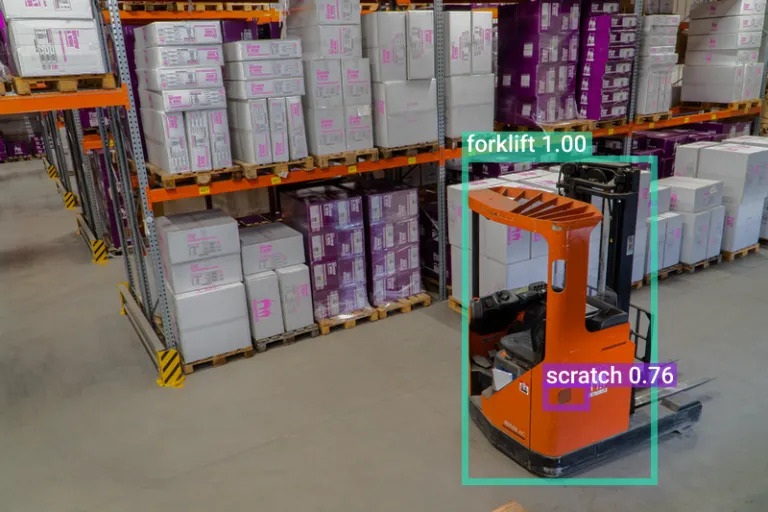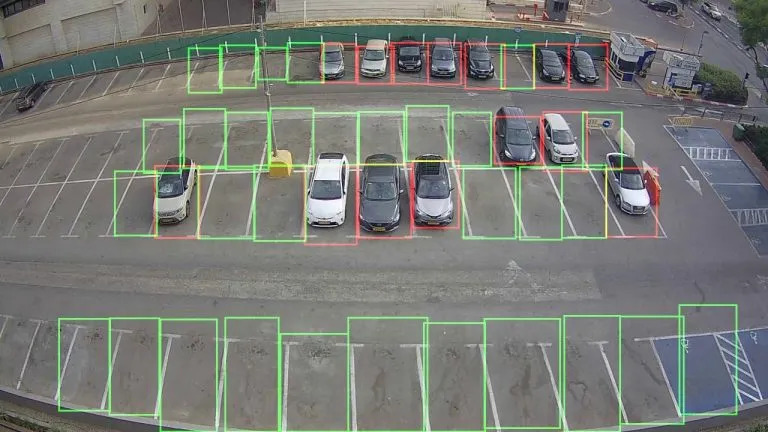This is object Counting blog
This is Headign 1
3.) Training Time and Memory Usage The above figure shows the training times of TensorFlow and PyTorch. It indicates a significantly higher training time for TensorFlow (an average of 11.19 seconds for TensorFlow vs. PyTorch with an average of 7.67 seconds). While the duration of the model training times varies substantially from day to day on Google Colab, the relative durations between PyTorch vs TensorFlow remain consistent. The memory usage during the training of TensorFlow (1.7 GB of RAM) was significantly lower than PyTorch’s memory usage (3.5 GB RAM). However, both models had a little variance in memory usage during training and higher memory usage during the initial loading of the data: 4.8 GB for TensorFlow vs. 5 GB for PyTorch. 4.) Ease of Use PyTorch’s more object-oriented style made implementing the model less time-consuming. Also, the specification of data handling was more straightforward for PyTorch compared to TensorFlow.
Read more at:
https://viso.ai/deep-learning/pytorch-vs-tensorflow/







